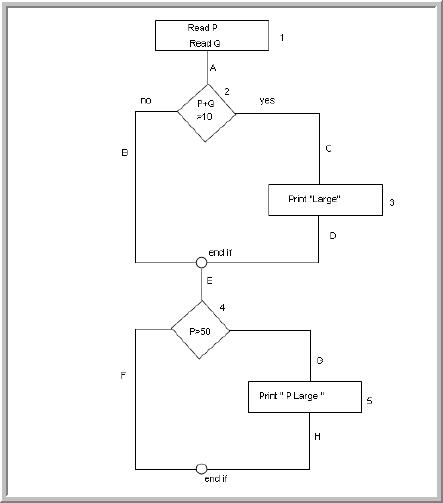ISTQB Foundation Level Quick Review
- IEEE 829
- BS7925-1
- BS7925-2
2.
You may optionally provide this to label your report, leaderboard, or certificate.
Submit
Submit
Submit
×
Thank you for your feedback!
















